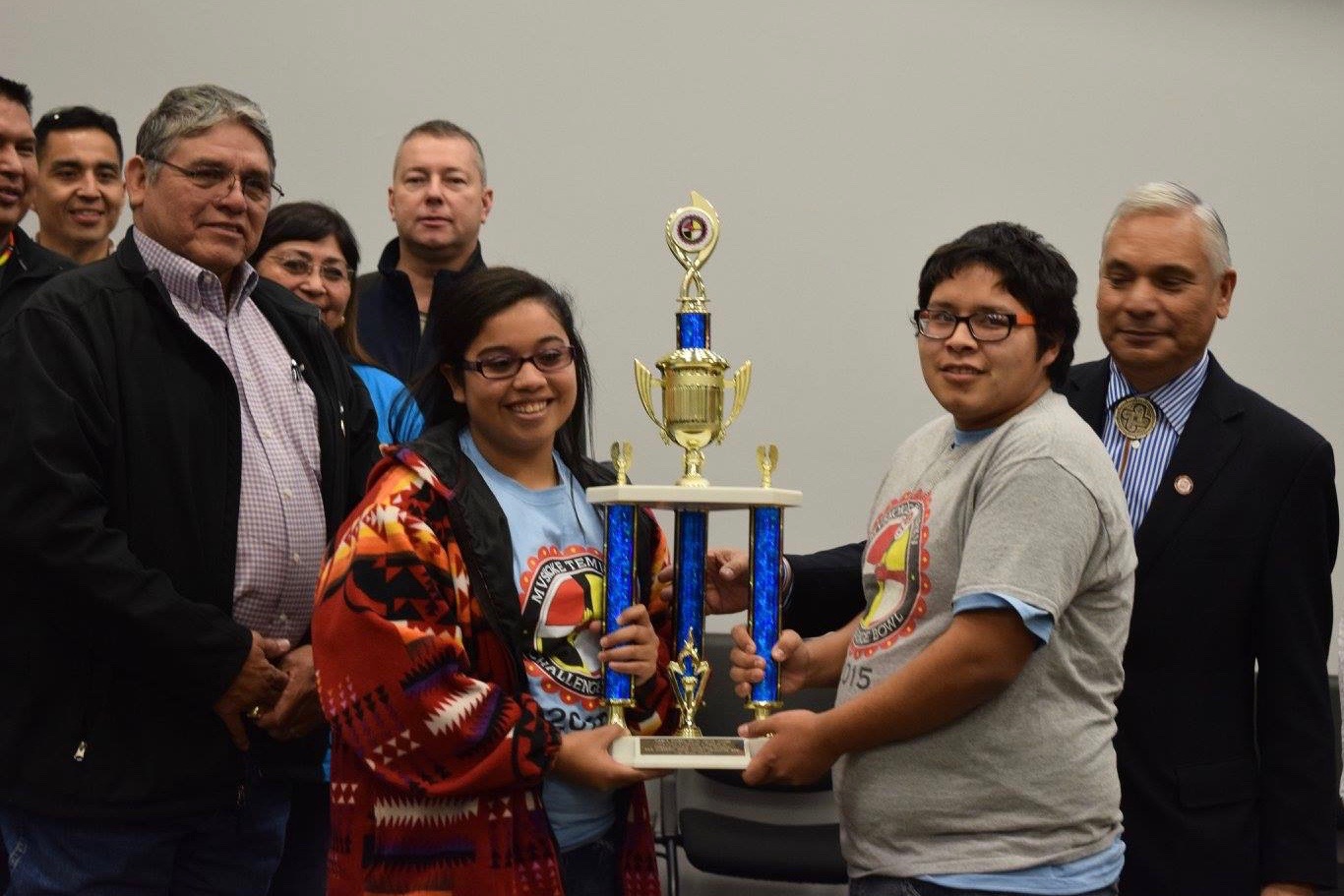
The lack of new data means that JOM is still based on a student count of 271,884 -- the figure from 1995. More than 798,000 American Indian and Alaska Native students were potentially eligible as of 2010, according to the U.S. Census Bureau, but the BIA isn't able to secure additional funds to reach the growing population. To break the stalemate, the Johnson-O’Malley Supplemental Indian Education Program Modernization Act requires the BIA to use Census figures and data from the National Center for Education Statistics rather than survey JOM contract recipients, an issue that stymied prior counts. An update would be due within a year if the bill becomes law. "No child in America deserves to be forgotten – and every child deserves the chance to succeed," Sen. Heidi Heitkamp (D-North Dakota), the sponsor of the bill, said in a press release last month. Native Americans represent about 5.4 percent of the population in North Dakota, according to the Census. Two Republican lawmakers are co-sponsoring the bill. Sen. James Lankford (R-Oklahoma) and Sen. Steve Daines (R-Montana) come from states with significant Native populations. "The JOM Modernization Act will provide a needed reformation to ensure the program effectively reaches Indian students in public schools throughout the United States," said Lankford, a first-term member of Congress. Native Americans make up 9.0 percent of Oklahoma's population, according to the Census. “We can’t properly help tribal communities in a meaningful way without knowing who and how many people we are serving," added Daines, another first-term member. Native Americans constitute 6.6 percent of the population in Montana, according to the Census.

The House version of the bill is H.R.4390. A hearing hasn't been scheduled but the measure has six Democratic and two Republican co-sponsors. Tomorrow's hearing is before the Senate Committee on Indian Affairs and S.2842 is one of two bills on the agenda. The witness list follows:
Mr. Michael S. BlackThe BIA is known for operating Bureau of Indian Affairs schools but more than 90 percent of American Indian and Alaska Native students attend public institutions. It it those students that benefit from the provisions of the Johnson-O'Malley Act. Tribes, tribal corporations, school districts and states are eligible for securing JOM contracts, according to the BIA. The Johnson-O'Malley Program in Minnesota, Minneapolis, has used the funds for tutoring, school supplies, powwows, field trips and language and cultural initiatives. In Alaska, the Fairbanks Native Association uses JOM funds for tutors, leadership programs, basketball tournaments and language classes. Committee Notices:
Director, Bureau of Indian Affairs, U.S. Department of the Interior, Washington, D.C.
The Honorable Roger Trudell
Chairman, Santee Sioux Nation, Niobrara, NE
Ms. Carla Mann
President, National Johnson O’Malley Association, Fort Washakie, WY
Business Meeting to consider S. 1163, S. 2580 & S. 2739 (May 11, 2016)
Legislative Hearing to receive testimony on the following bills: S. 2417 & S. 2842 (May 11, 2016)
Join the Conversation
Related Stories
Witness
list for Senate Committee on Indian Affairs hearing on 2 bills (5/9) Senate Committee on Indian Affairs schedules meeting and hearing (05/05)
BIE schedules consultations for Johnson-O'Malley program (11/16)
Carla Mann: Act now for accurate Indian student count for JOM (08/04)
Carla Mann: Johnson O'Malley needs an accurate student count (07/16)

